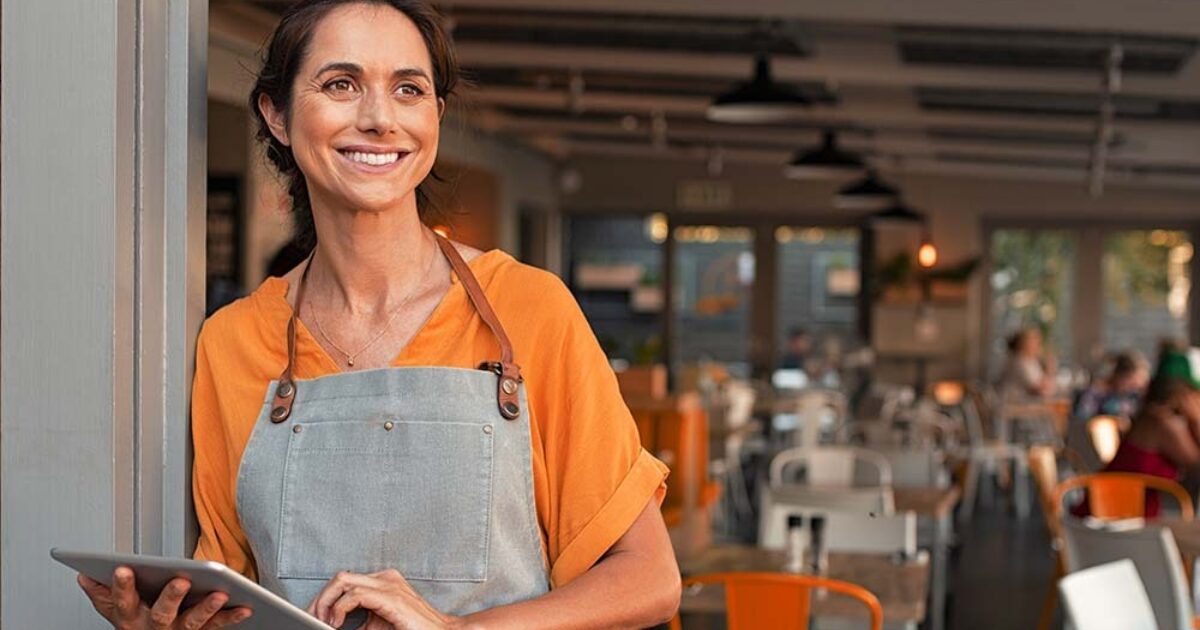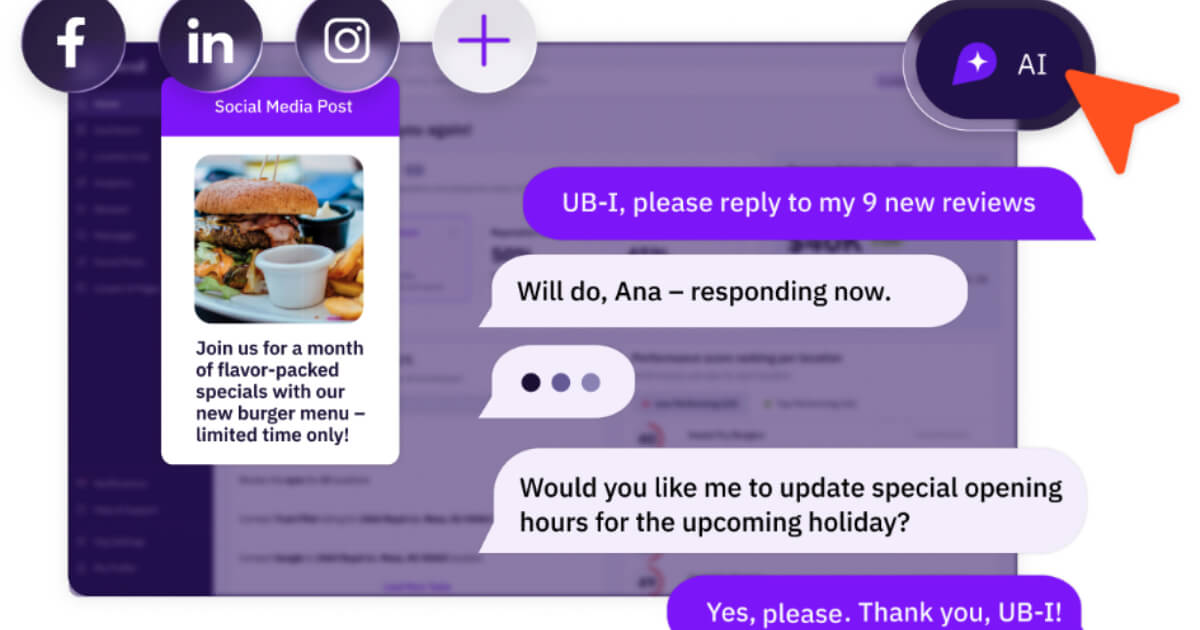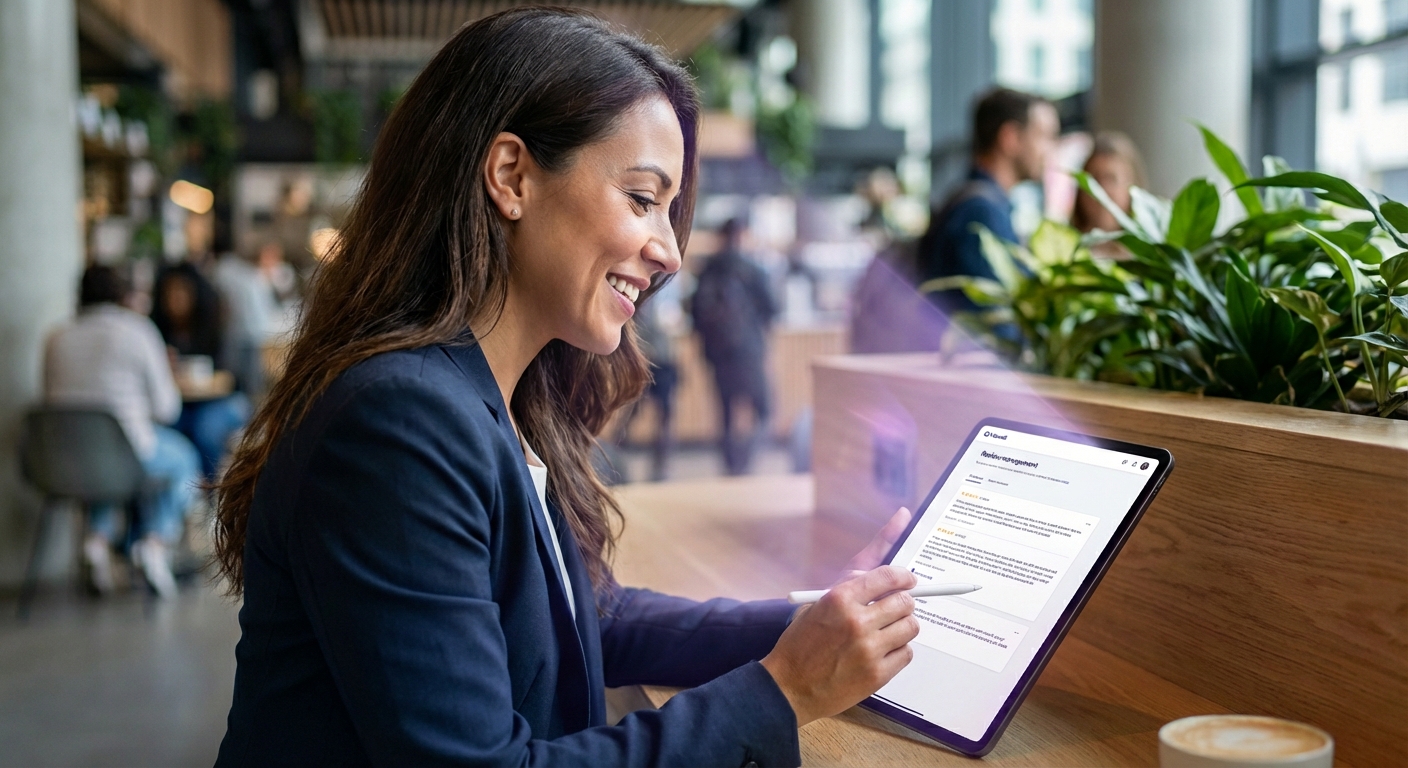
Your Black Friday Marketing Strategy: How to Win Local Consumers
Get your locations ready for Black Friday. Boost visibility, engagement & conversions in the era of AI search with these smart local marketing tactics.
Q4 — we’ve been here before. Black Friday, Cyber Monday, and Christmas always arrive faster than expected.
And somehow, there never seems to be enough time to prepare — especially for location marketers juggling a hundred moving parts across multiple stores or regions.
A strong Black Friday and Cyber Monday (BFCM) can mean significant additional sales across the country, just like in previous years. The big buys typically include clothing and accessories, electronics, and health and beauty items. So yes — if you’re a retail brand in these spaces, having a Black Friday strategy is more than smart. It’s essential.
Heading into one of the biggest retail moments of the year can feel intimidating. It takes precision, planning, and a deep understanding of what your customers actually want — and how they’ll choose you over your competitors.
Well here’s a stat for you: 71% of consumers now want AI integrated into their online shopping experience.
As intimidating as this all might be, we’ve got you covered. Below, you’ll find simple, high-impact initiatives to make the most of your Black Friday marketing — even without months of prep. Here’s how to win over local consumers during one of retail’s most competitive (and rewarding) moments of the year.
When Is Black Friday 2025?
Black Friday falls on November 28, 2025 — the day after Thanksgiving, featuring major discounts. Shortly after, it’s Cyber Monday on December 1, centered on online deals. Many abbreviate this period as BFCM.
In recent years, this retail BFCM marketing phenomenon has expanded into Cyber Week, which runs from Black Friday through the following weekend and Cyber Monday, providing shoppers with more time to find discounts both in stores and online.
The Reasons the Best Local Brands Are Winning This Season
Whether you’re looking to move inventory before year-end or attract new customers, success this Black Friday starts with one thing: knowing how healthy your locations are before you ramp up promotions.
Because even the best campaigns can fall flat if your foundational data — like store details, listings, or reviews — isn’t optimized across every location.
That’s where our Location Performance Optimization (LPO) framework comes in. It helps brands monitor and optimize their locations’ health while also identifying and prioritising the initiatives that drive business impact — from increased foot traffic and calls to higher bookings and stronger brand engagement.
Here are five ways the best local brands will be maximizing their local Black Friday Marketing impact this season — across the four LPO pillars: visibility, reputation, engagement, and conversion — and how you can, too.
1. They’re Ready for Customers Searching with AI
More than 8 in 10 consumers visit a business within a week of finding it online. And 60% of local consumers are likely to make a purchase after visiting a business they discovered online.
So local search visibly involves real-world intent.
And this year, more of those discovery moments are happening through AI search. Consumers are turning to ChatGPT, Google’s AI Overviews, and other large language models (LLMs) to compare products, find gift ideas, and decide where to buy.
That’s why the best-performing retail brands this season aren’t just optimizing for Google — they’re optimizing for AI discovery.
These AI tools pull from verified business data, reviews, and website content to recommend trusted local options. In other words: If your information isn’t complete and consistent across platforms, you could be invisible when customers ask AI where to shop.
So, what can you do to make sure they’re finding you?
According to an experiment our team ran, these are the platforms that most influence your LLM visibility — especially your visibility in tools like ChatGPT:
- Apple Maps
- Bing Places
- Your own website or blog
- Yelp
- Google Business Profile
If your business or locations appear consistently across these platforms — with accurate data, strong reviews, and active content — you’re already ahead of the pack. You can move onto these other initiatives.
2. Their Listings Are Optimized
Whether you’re using a listings management platform or still updating manually, ensure every location detail is accurate and optimized for the season ahead.
And this isn’t just our advice. Lisa Landsman, Global Business Development at Google explains: “We see 5x more views for regularly updated Business Profiles, so we recommend not only filling out your listing, but also updating it to share what makes you unique.”
So, what might these updates include?
- Updating extended opening hours to capture more foot traffic and avoid customer frustration
- Double-checking NAP consistency — name, address, and phone number — across every platform
- Ensuring complete coverage on Google Maps, Apple Maps, and Bing Places to help consumers find you via directions
- Adding seasonal attributes (like “holiday hours,” “in-store pickup,” or “Black Friday deals”) to help AI systems and customers find relevant information faster
- Refreshing business descriptions and photos to reflect your latest products, promotions, and in-store experience
- Including local URLs from your listings so customers land on the right location landing page for their nearest store
Even small inconsistencies or outdated profiles can hurt your visibility and reputation. Up-to-date listings signal reliability, boost local rankings, and make it easier for customers to find — and choose — you when it matters most.
3. Their Website Is Ready to Convert
More than 4 in 10 consumers visit a business’s website before stepping through the door. That’s according to our recent survey — and it highlights just how critical your online experience is to in-store success.
With online Black Friday sales hitting record highs, your website needs to do more than showcase products — it needs to convert. A fast, mobile-responsive, and user-friendly experience not only improves customer satisfaction but also boosts your visibility in both traditional search and AI-driven results.
Start with the essentials:
- Prioritize site speed and responsiveness. A website that loads within seconds — especially on mobile — keeps shoppers engaged and reduces bounce rates.
- Optimize product and offer pages with relevant keywords, clear descriptions, and updated imagery to help both search engines and AI systems surface your deals when customers are comparing options.
- Simplify the checkout experience. Reduce friction with quick payment options, intuitive navigation, and transparent delivery or pickup details (like BOPIS).
- Keep your local landing pages active and optimized. These pages are SEO powerhouses that strengthen your local search visibility and engagement. Add essential details such as opening hours, directions, and calls to action, ensuring everything matches your listings and social profiles.
- Feature local events and promotions. Showcasing what’s happening nearby makes your content more hyperlocal, relevant, and engaging — helping customers connect with your brand on a local level.
- Maintain consistency across the local online landscape. Align your listings, website, and social content to build trust and make it easier for customers — and AI systems — to recognize and recommend your brand.
Your website and local pages work hand in hand to turn visibility into real results. When they’re optimized, fast, and consistent, customers don’t just find you — they choose you.
4. They Promote Offers Across Locations
A Black Friday marketing strategy isn’t just about discounts — it’s about standing out.
More than 1 in 4 consumers search for a local business during a specific event or occasion like BFCM. We know this because we asked consumers across the US, UK, France, and Germany.
Whether you’re offering limited-time bundles, buy-one-get-one-free deals, or exclusive gifts, make sure your promotions deliver real value and a sense of urgency. Unique offers and authentic messaging help your brand rise above the noise — but only if customers see them.
Amplify these offers where your customers are — in search or on social.
Platforms like Instagram, Facebook, and TikTok are your digital shop windows this season. Use them to tease offers, share behind-the-scenes moments, and showcase user-generated content (UGC) that builds excitement and trust. Interactive posts, countdowns, and limited-time announcements can turn curiosity into clicks — and clicks into customers.
Lean into hyperlocal offers with Google Posts (especially What’s Happening posts) and Apple Showcases that highlight in-store exclusives or location-specific deals. These not only drive engagement but also improve your visibility across search and maps.
And again, this isn’t just our advice. Rick Borovoy, Product Manager at Google, explains: “‘Just the facts about your business aren’t enough to get you noticed anymore. But what’s happening there today — like events, deals, and specials? Those are the real ways to grab people’s attention and show them what makes you different. At Google, we want to make it super easy for customers to see exactly what’s cool and unique about your business.”
And finally, remember that consistency builds credibility. Keep your offers, visuals, and messaging aligned across every channel — from your website to social media to in-store displays. A cohesive omnichannel presence reassures customers that they’ll enjoy the same great experience no matter how they shop with you.
5. They Get Customers to Leave Reviews
Black Friday and Cyber Monday might be over quickly, but your efforts shouldn’t stop there. You’ve still got Christmas — and beyond. Retail never really stops, which is why your post-Black Friday marketing plan should focus on a solid customer review strategy to win and welcome back those customers back after the mad rush.
This strategy has two parts:
1. Encouraging Black Friday customers to share positive experiences
When customers have a positive experience, 80% are likely or very likely to return, and only 2% say they’re unlikely to. Loyalty, in other words, is even stronger than initial purchase intent.
But there’s one small action that makes a big difference: responding to all these reviews. More than 1 in 4 consumers say they’re more likely to revisit a business if they receive a reply to their review.
So, make it a habit to respond to every review within Google’s recommended 72-hour window — whether it’s positive feedback or constructive criticism.2.
2. Using these positive experiences to attract new customers
More than half of consumers say reading reviews is the first thing they do when evaluating a local business. And 45% say that reviews influence their decision to visit more than anything else.
Chasing reviews during a busy retail period might sound exhausting, but it’s worth the effort. Poor or inconsistent reviews were the second most mentioned reason customers decided not to visit a local business after finding it online.
That’s why consistent, credible, and visible feedback is key to winning — and keeping — customer trust long after the sale is over.
Turn Your Black Friday Momentum into Long-Term Growth
You don’t need an expensive Black Friday campaign — you need a clear strategy and the ability to execute our above recommendations well.
LLMs don’t yet deliver a perfect local search experience, and that’s exactly why the optimizations above still matter — and why the retail brands that master them will win in this fragmented, fast-changing search landscape.
Start early if you can, but don’t panic if you haven’t. Take these initiatives and make them your own. Build excitement, showcase your best offers, and meet customers where they search, scroll, and shop.
That’s how you’ll stand out this season — and stay top of mind long after the holiday rush.
Ready to Transform Your Business?
Connect with our partnership team to learn how Uberall can help you achieve similar results. Get a personalized consultation and discover the opportunities waiting for your business.
Resources












